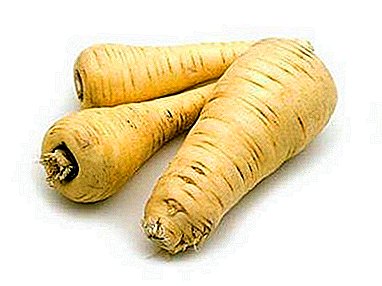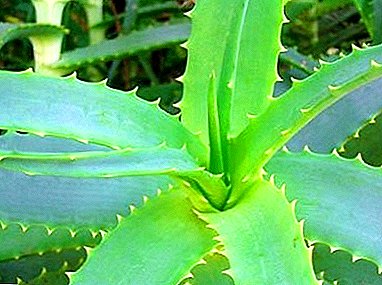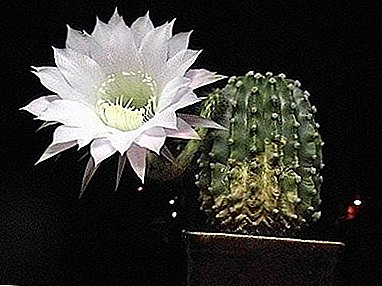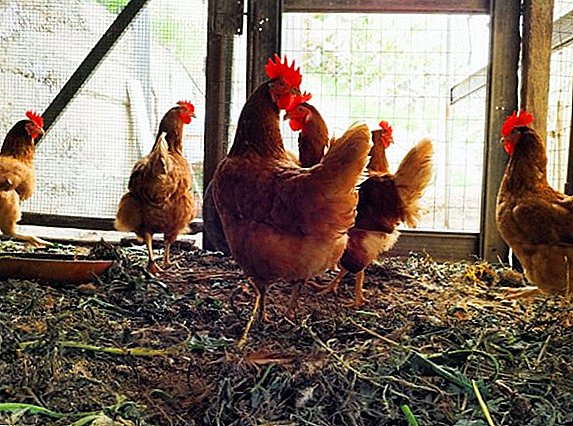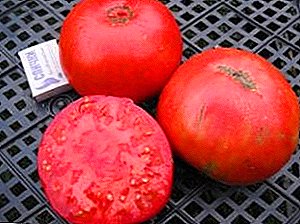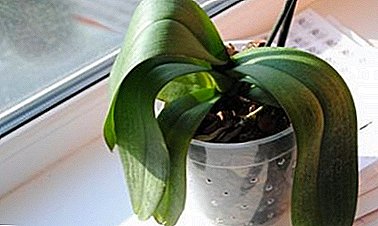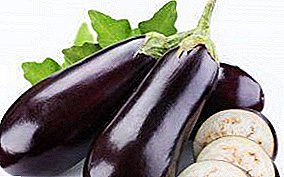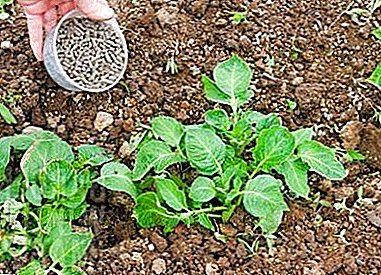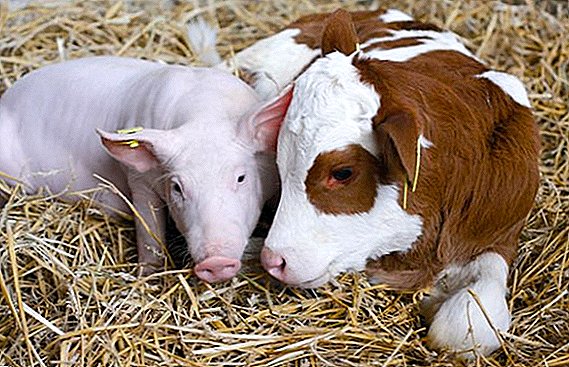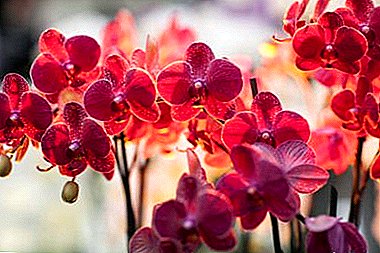
Despite the huge variety of orchid color and its popularity in interior design, this flower has a number of both beneficial and harmful properties.
Buying it in your home should be remembered not only about the color, but also about the benefits that can be obtained by putting the orchid in the right place. So, in the article we consider whether it is harmful for the house or not.
Is it a predatory plant?
Mostly not. but there is a miniature orchid-predator, whose birthplace is South America. Externally, Porroglossum is a plant with fleshy green leaves, decorated with silver divorces and growths. The size of its flower is about 1.5 cm, and its overall size is 12 cm.
On each peduncle, lowered to the bottom, there is one yellowish-golden flower with petals bent in the form of narrow shoots. Polarization of Porroglossum occurs in an unusual way for most species. The petals of this plant are sensitive to bright light and also to any influence and contact.
Therefore, when small insects sit on the mobile lips of an orchid, they fall into the trap. The flower is folded, and the closed lip presses them against the column with a line. Regardless of the intentions of insects, this plant is pollinated at their expense in this way.
Poisonous or not?
The assertion about the poisonousness of an orchid is unlikely to be called truthful, since almost every person consumed food and products with its addition. Mostly orchids are not poisonous., but what can be harmful to humans? Some of its species can trigger the development of an allergic reaction in the human body.
Positive influence
 When conducting research group Cherevchenko found that orchids may have phytoncidal properties. Benefit can be obtained from several varieties of this plant, for example, from "Venus slipper". Use in medicine of this plant helps to reduce migraine, reduce pressure and also helps with problems with sleep.
When conducting research group Cherevchenko found that orchids may have phytoncidal properties. Benefit can be obtained from several varieties of this plant, for example, from "Venus slipper". Use in medicine of this plant helps to reduce migraine, reduce pressure and also helps with problems with sleep.
Firstly plants containing phytoncides reduce the level of microbes in the air of an apartment up to 250 times per 1 m3. These compounds also ionize the air and contribute to the deposition of dust molecules.
Negative
Due to the fact that some varieties are poisonous, they can harm the body if mistreated or consumed. Tropical orchid species can have a negative impact on human health. Therefore, the best solution would be to keep these plants away from pets, as well as children who are not aware of their actions.
When transplanting a flower, it is also worth taking care, as many gardeners have noticed that wounds formed from cuts by roots cannot heal for a long time. A cut from an orchid leaf may remain sore for a long time., bleed and do not heal for a long time. But such a phenomenon is extremely rare.
Attention! If you have injured your skin when working with a flower, you should immediately wash the wound and disinfect it.
Harmful species
- Cymbidium.
- Wanda.
- Sarcohimus
- Fragmipedium.
Useful varieties
- Neofinetia.
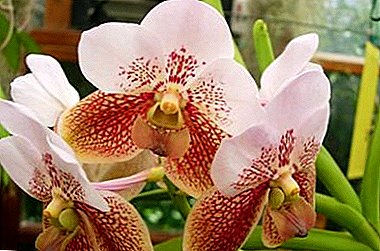 Aranda.
Aranda.- Miltonia.
- Cumbria
- Ludizia
- Mokara.
- Vascostilis.
- Griffith.
- Orchis.
- Lelias
- Lady's slipper.
- Vanilla.
- Avicenna.
Conclusion
An orchid is not only a flower that fascinates with its beauty, which attracts with its appearance, unusual shape and color of flowers, but also to some extent a medicinal plant. Although there are a lot of kinds of a flower and each person can find a suitable one for him, it’s worth choosing wisely, depending on whether it’s a harmful species or not. After all, not every orchid variety is suitable for home maintenance. So when choosing this plant is worth paying attention not only to its color, but also in appearance. Otherwise, it is fraught with serious health problems.


 Aranda.
Aranda.